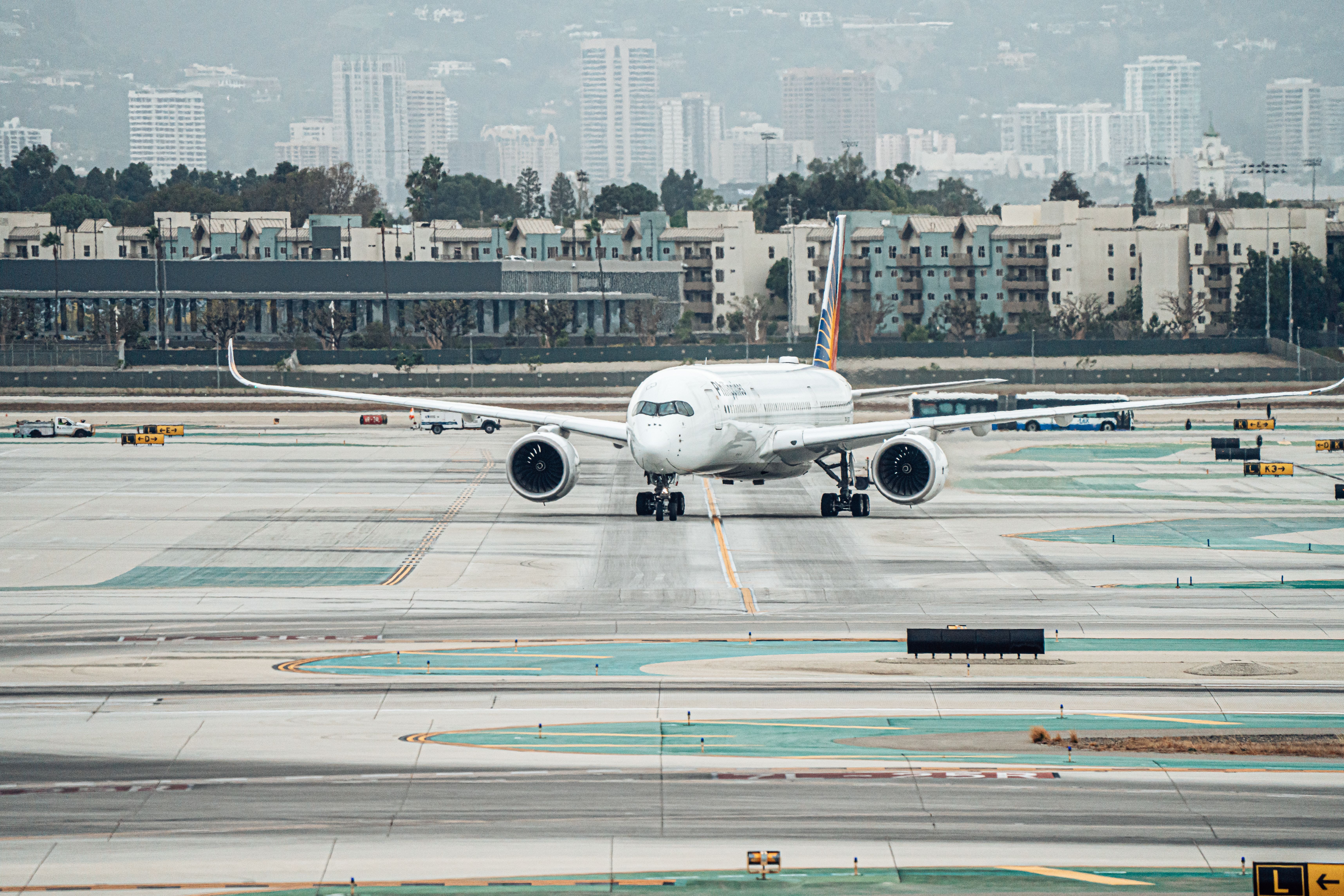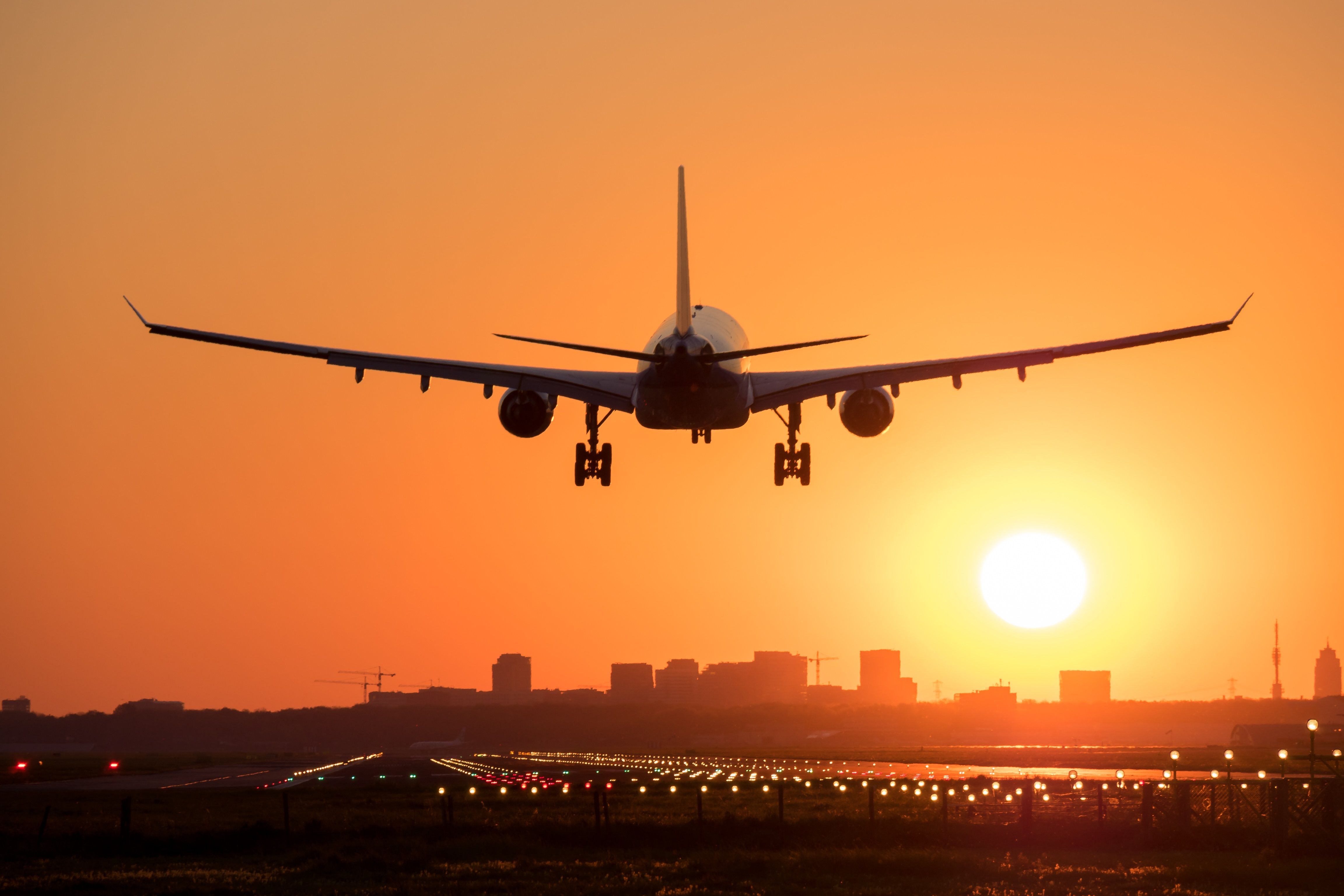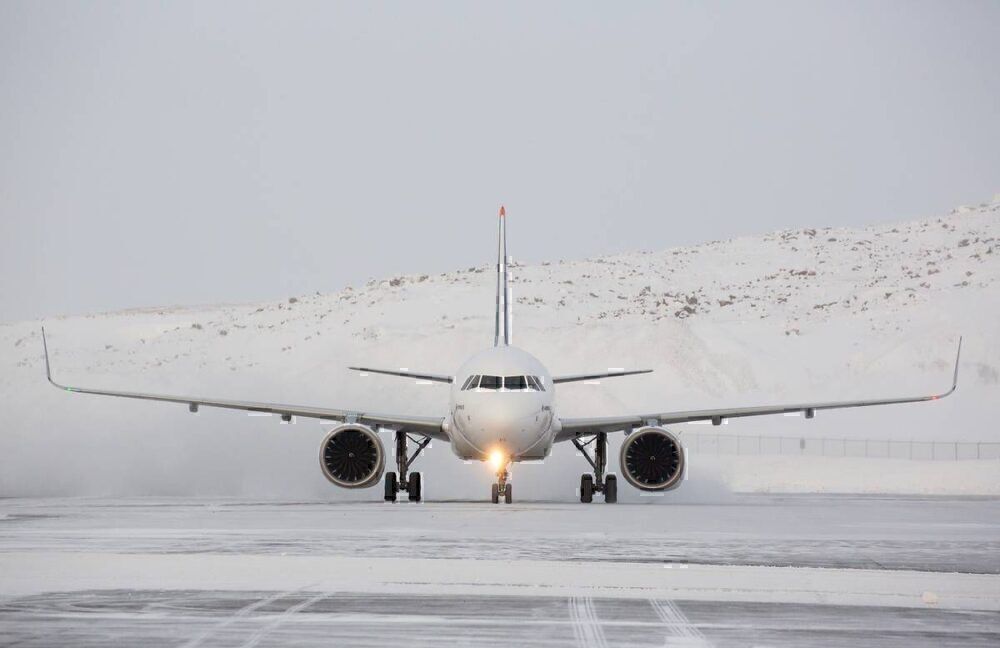Researchers at Airbus have been busy innovating new designs, materials, and processes to optimize future flight efficiency. Whether it's the BLADE project to reduce the friction drag over the wing, the fello’fly program to reduce carbon footprint using formation flights, or hydrogen-fueled zero-emission aircraft, Airbus is expanding its research horizon in commercial aviation. Airbus envisions the size, shape, and characteristics of future commercial aircraft to be completely different from the existing ones.
The latest aircraft demonstrator from Airbus is based on the flight of a dragonfly. Dragonflies have tremendous vision and can see their surroundings in a 360-degree pattern. Dragonfly’s sharp vision allows them to see things from a far distance. This capability aids dragonflies in precisely identifying their flight path and target. Moreover, dragonflies determine their territorial boundaries by recognizing landmarks during flight.
Through biomimicry of dragonflies, Airbus’ DragonFly demonstrator aircraft aims to improve flight safety through safe maneuvers within its surroundings. The concept is further aimed at emergency operations where quick identification of the nearest airports and safe landing becomes essential. Moreover, in situations where the flight crew cannot control the aircraft, DragonFly selects appropriate landing information and facilitates a safe landing.
Design and functionality
The DragonFly concept is based on intelligent decision-making through a combination of flight data. The aircraft takes into account flight zones, weather, and terrain information to select the most appropriate location for landing to ensure a safe flight.
In an emergency, the aircraft detects the issue and redirects the aircraft toward a safe landing. The DragonFly aircraft constantly communicates with the Air Traffic Controllers and Operation Control Centers for a coordinated approach and landing.
According to Isabelle Lacaze, Head of DragonFly demonstrator at Airbus,
“In the same way that dragonflies can recognize landmarks that help them to define boundaries, our demonstrator is equipped with cutting-edge sensing technology and software, capable of managing in-flight and landing operations.
The DragonFly demonstrator has been made possible through cooperation within the Airbus engineering community and with our trusted external partners, and we look forward to the insights that this final stage of testing will deliver.”
Mimicking dragonfly’s much superior vision than humans, Airbus incorporates numerous sensors, cameras, and computer vision algorithms to simplify low-visibility landings. The system’s robust guidance calculations enable the DragonFly aircraft to make effective decisions in difficult weather conditions.
Airbus aims to pave the way for fully automated or customized landing procedures based on several flight conditions, including the pilot’s flying skills. The DragonFly aircraft does not require specific ground equipment to be installed at airports. In order words, airports worldwide do not have to be equipped with special instruments to support DragonFly’s automated landing procedures.
This makes the design more versatile when it comes to landing at “unequipped” or remote airports. According to Airbus, the DragonFly demonstrator also incorporates pilot assistance technology to aid pilots in several taxi guidance, navigation, and surveillance during flight.
What are your thoughts on Airbus’ yet another demonstrator aircraft and its potential capabilities in improving flight safety? Tell us in the comments section.




